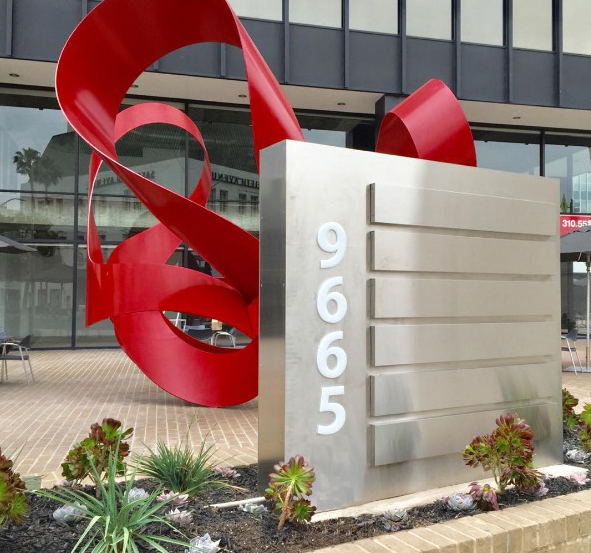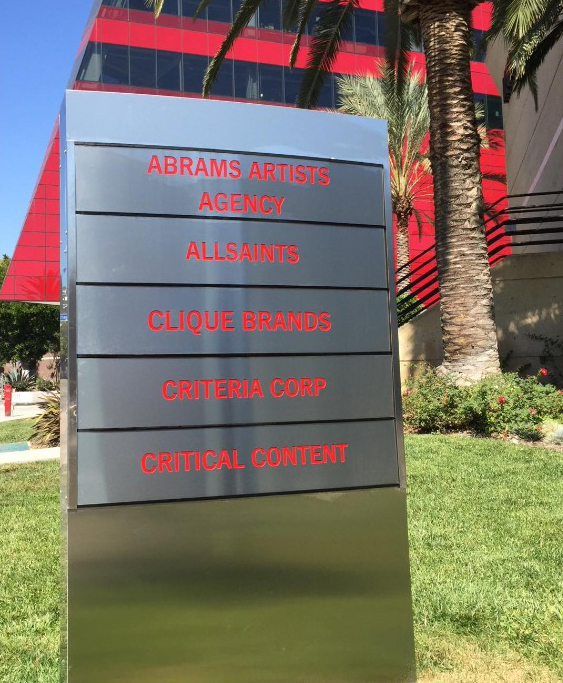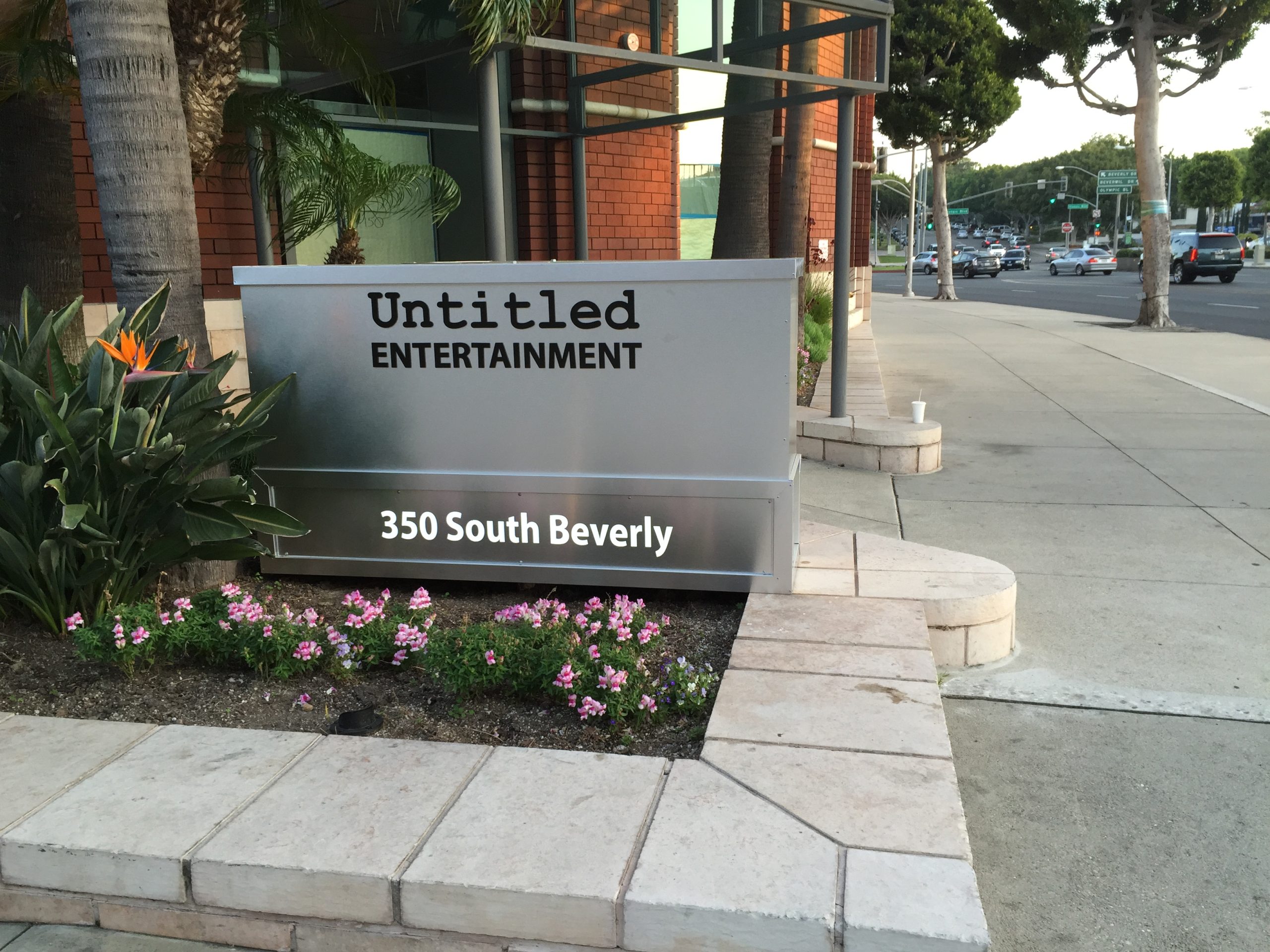Monument Signs
Monument signs are substantial, freestanding signs that are installed at ground level, often used as a landmark for businesses, housing developments, corporate campuses, shopping centers, and public facilities. These signs are built to be eye-catching and are typically positioned at the entrance of a location to make a strong visual impact. Here’s an overview of monument signs, their characteristics, and applications:
Characteristics of Monument Signs:
Durability: Monument signs are constructed to withstand adverse weather conditions and are built from durable materials such as stone, brick, concrete, metal, or high-density foam. They are designed to last for many years.
Visibility: These signs are often placed near the road at eye level, which makes them easily readable for passing motorists. The design usually includes large letters and sometimes lighting for enhanced visibility, especially at night.
Customization: Monument signs offer a high degree of customization in terms of size, shape, materials, and design. They can be tailored to match the architectural style of the building they represent or the branding of the business.
Lighting: Many monument signs include built-in lighting systems, such as LED or backlighting, to ensure they are visible at all times of the day and night.
Signage Integration: These signs often feature areas that can be updated for tenant names, making them popular choices for multi-tenant complexes like shopping centers or office parks.
Applications of Monument Signs:
Corporate Signage: Large companies often use monument signs at the entrance of their corporate headquarters to establish a commanding presence.
Retail and Commercial Businesses: For businesses that are set back from the road, a monument sign can help attract attention and direct customers to their location.
Residential Communities: Gated communities, apartment complexes, and condominiums frequently use monument signs to mark their entrances and convey a sense of prestige.
Educational Institutions and Facilities: Schools, universities, and hospitals use monument signs to provide clear identification and direction within their campuses.
Parks and Recreational Areas: Monument signs are used to provide visitors with information and directions at the entrances of parks and recreational areas.
Design Considerations:
-
Compliance with Local Zoning Laws: Before installing a monument sign, it is essential to check local zoning regulations which may dictate the size, height, and placement of the sign.
-
Consistency with Brand Image: The design of the monument sign should reflect the brand’s image and values, using consistent fonts, colors, and logos that align with other marketing materials.
-
Landscaping: Integrating landscaping elements around the monument sign can enhance its appearance and help it blend more naturally into the surrounding environment.
Monument signs are a significant investment, but they provide a lasting impact, enhancing brand visibility and making a professional statement about a place or a business. Their robust construction and versatile design options make them a practical and attractive choice for a wide variety of settings.



What materials are used for Monument Signs?
Monument Signs are made from a wide range of materials. Traditional signage throughout America relied on Brick, Stone or Wood. Nowadays, and especially in urban environments, they are mostly made from these materials:
- Aluminum
- Stainless Steel
- Corten Steel
- Concrete
- Acrylic
- Composite Materials
Each material brings its own set of characteristics to a monument sign, affecting the sign’s overall cost, durability, maintenance needs, and aesthetic appeal. The choice of material often depends on the sign’s intended style, the local climate (to withstand various weather conditions), and the budget available for the project.
